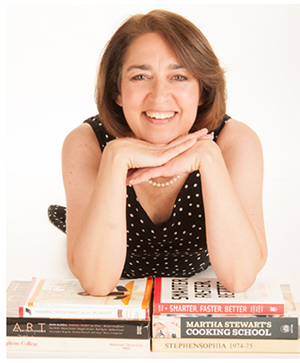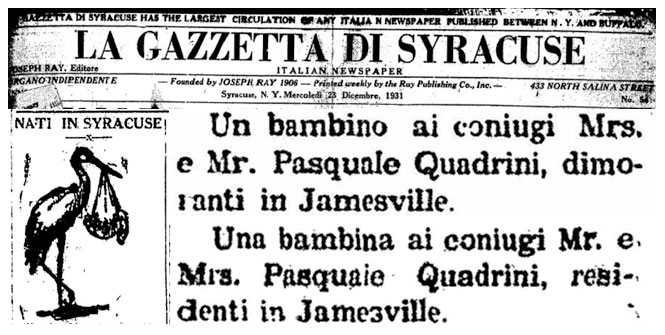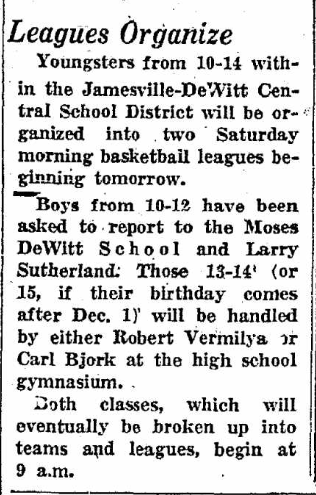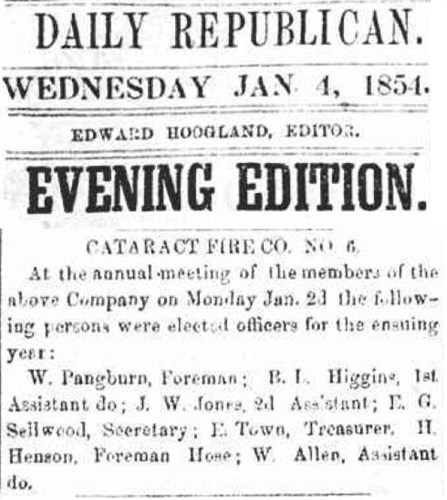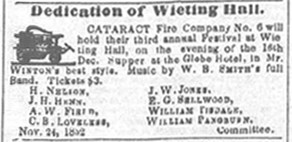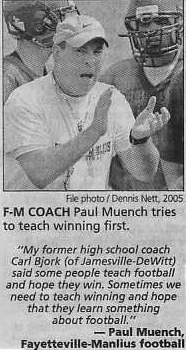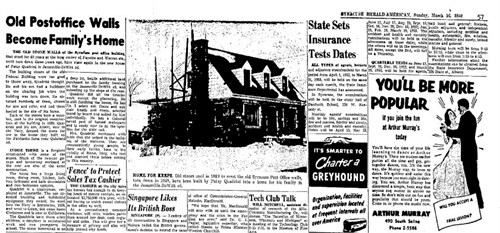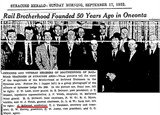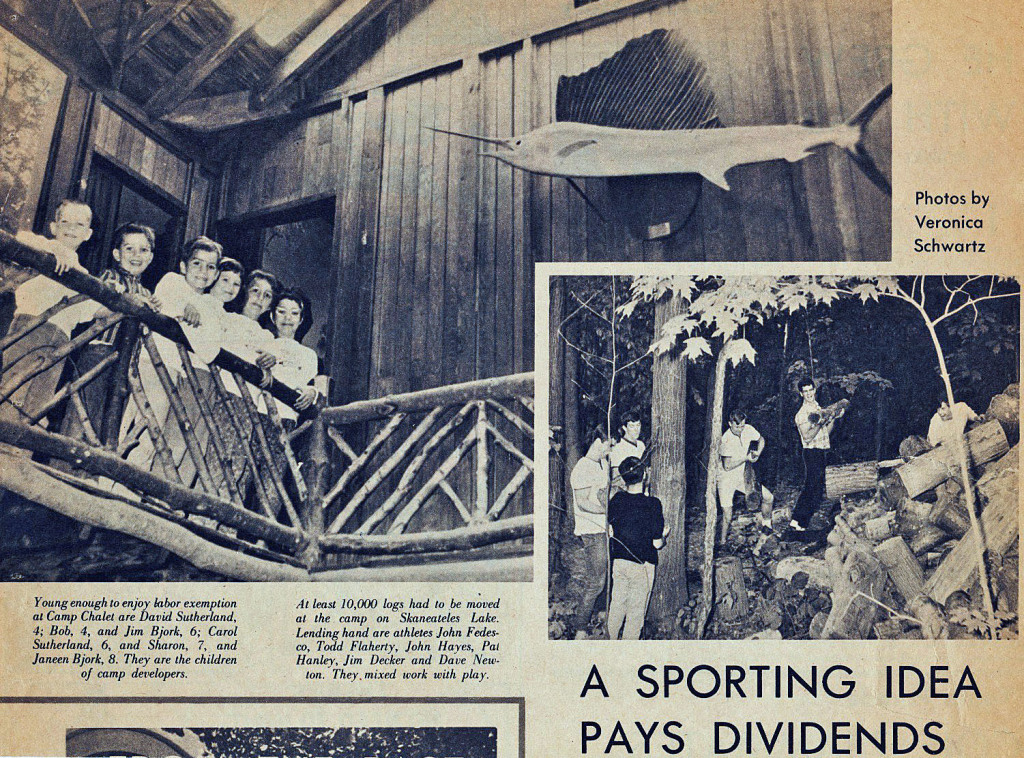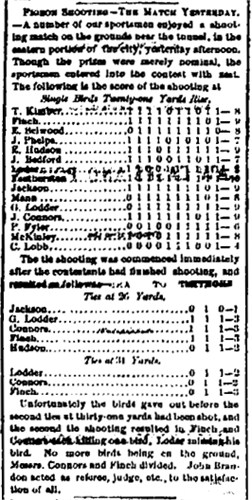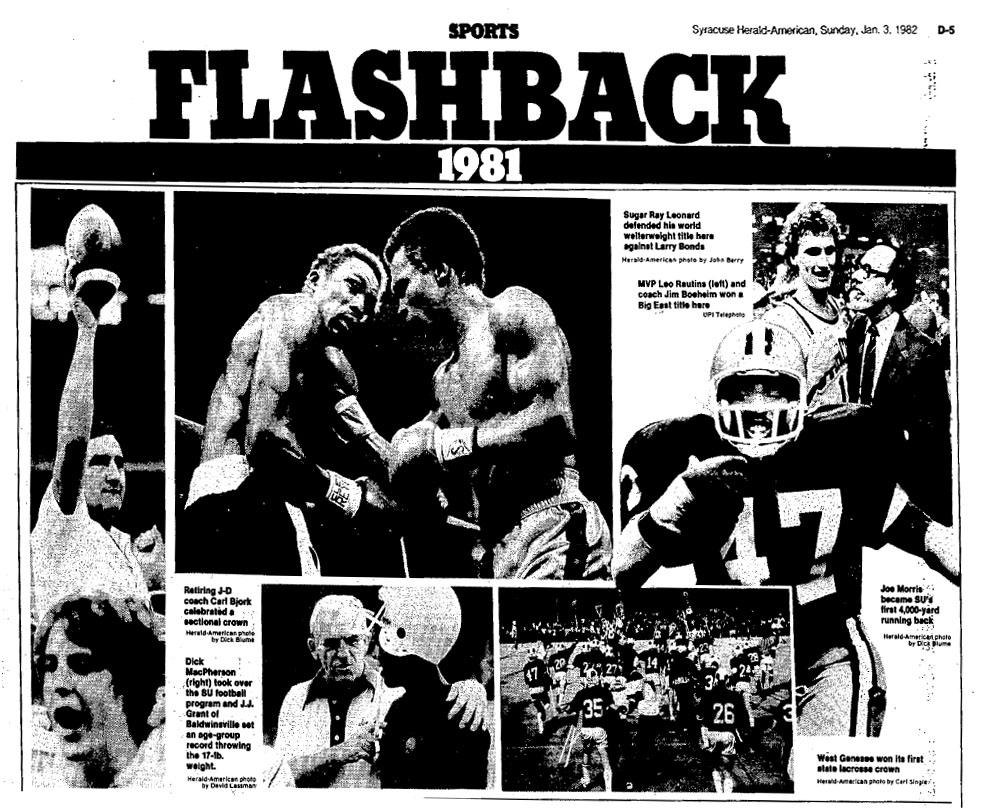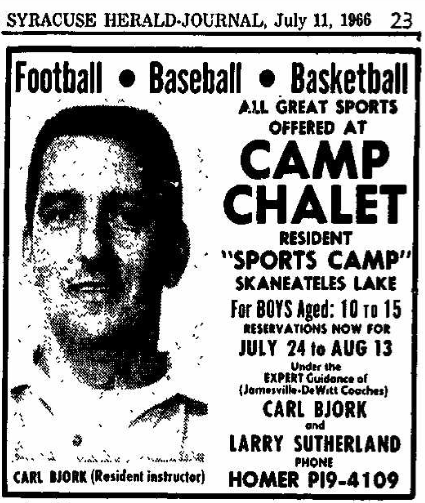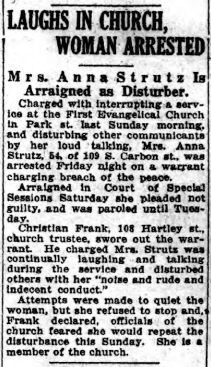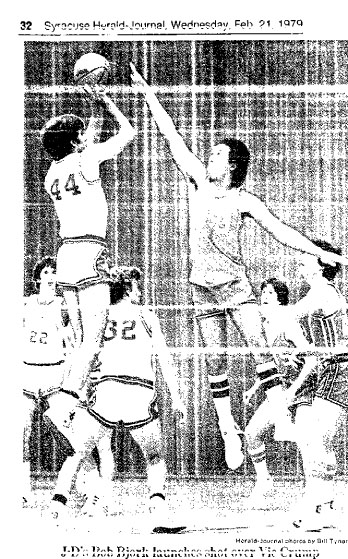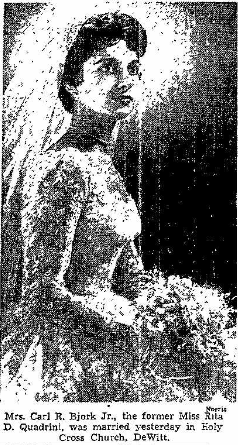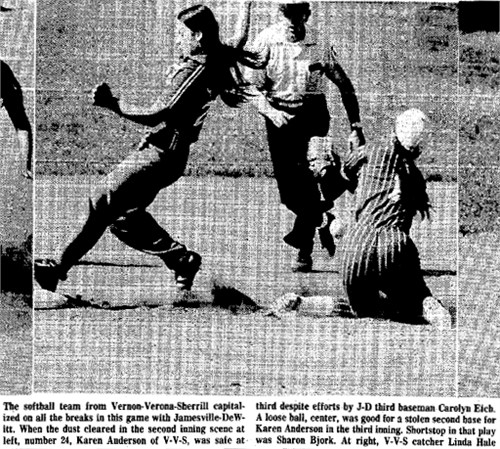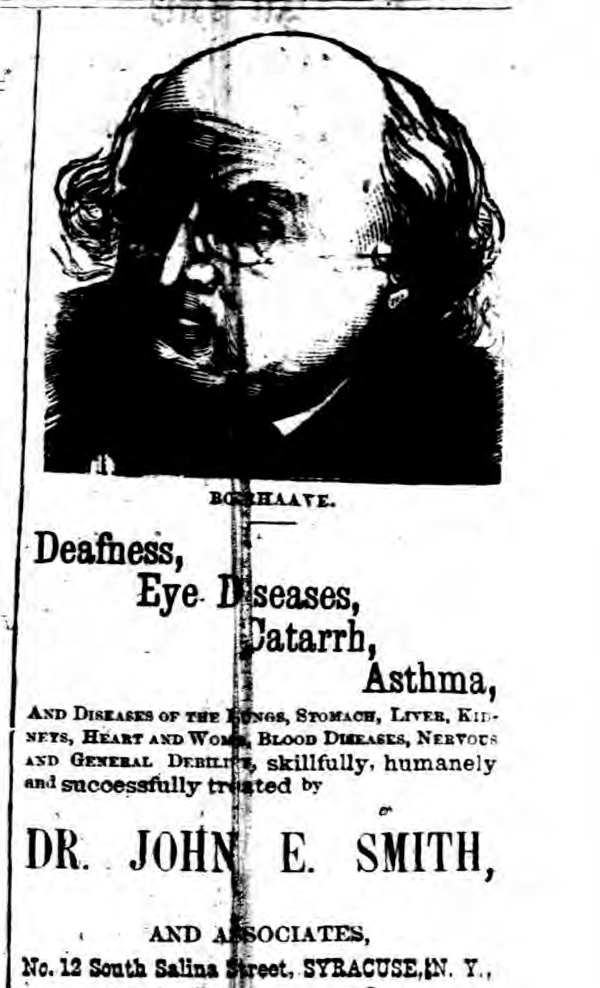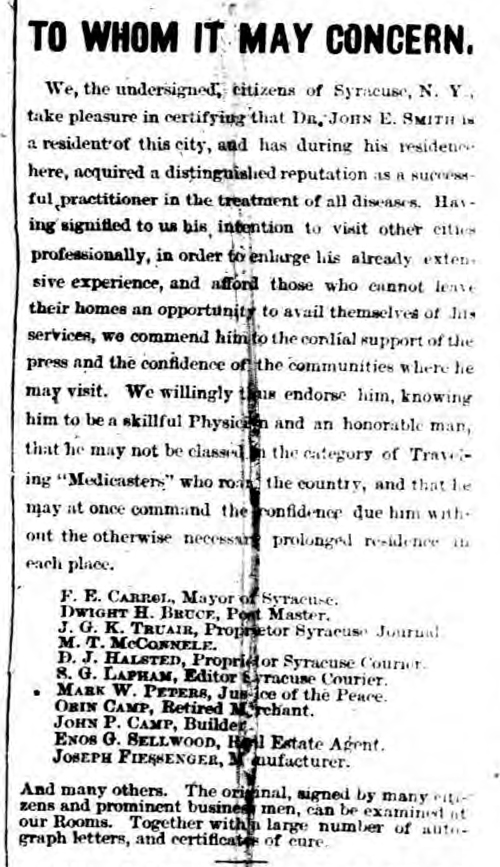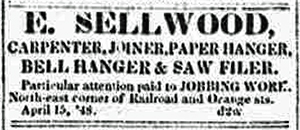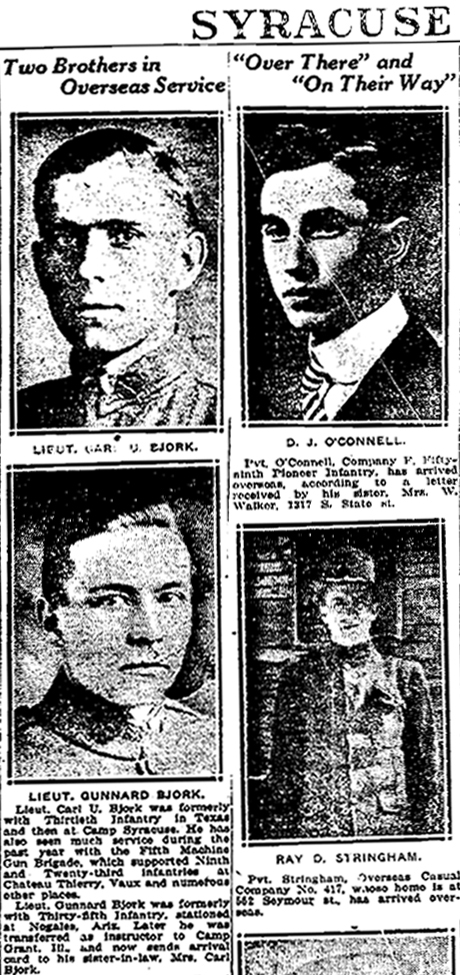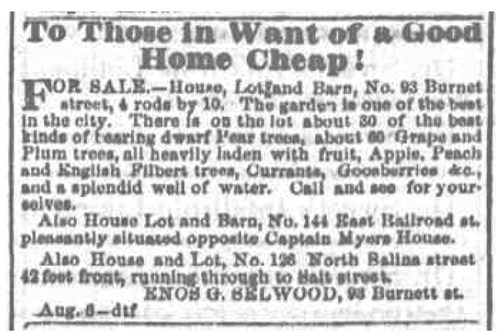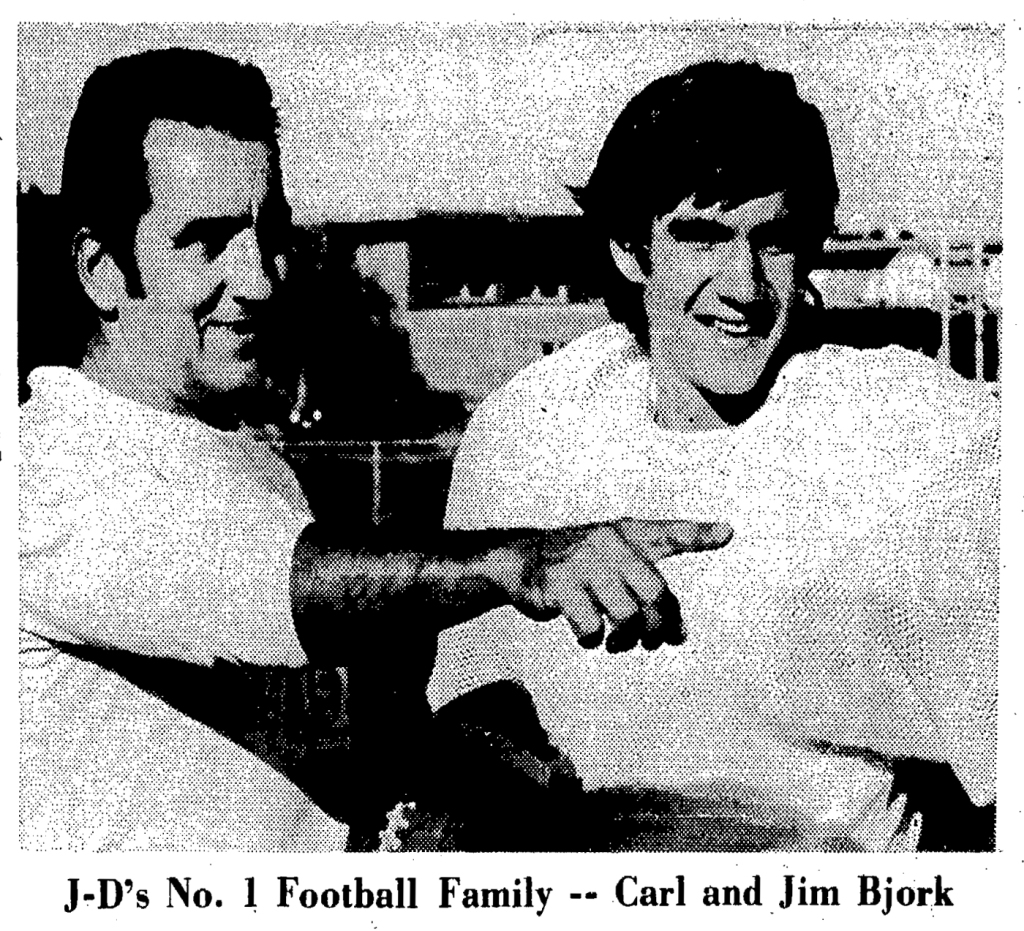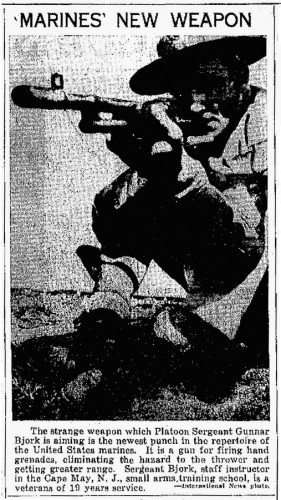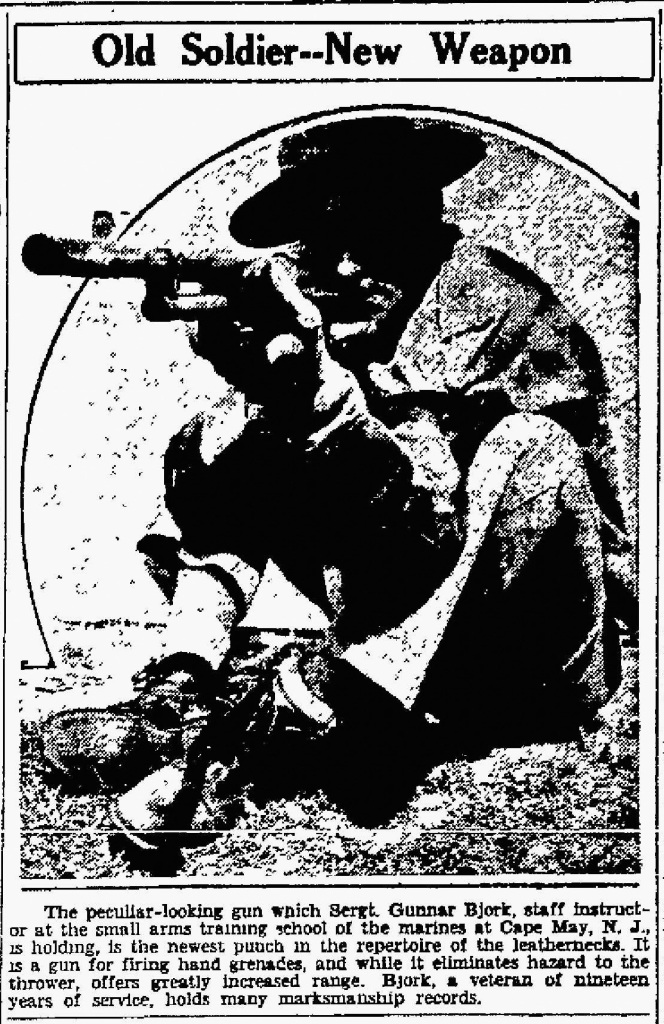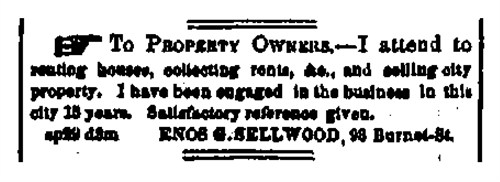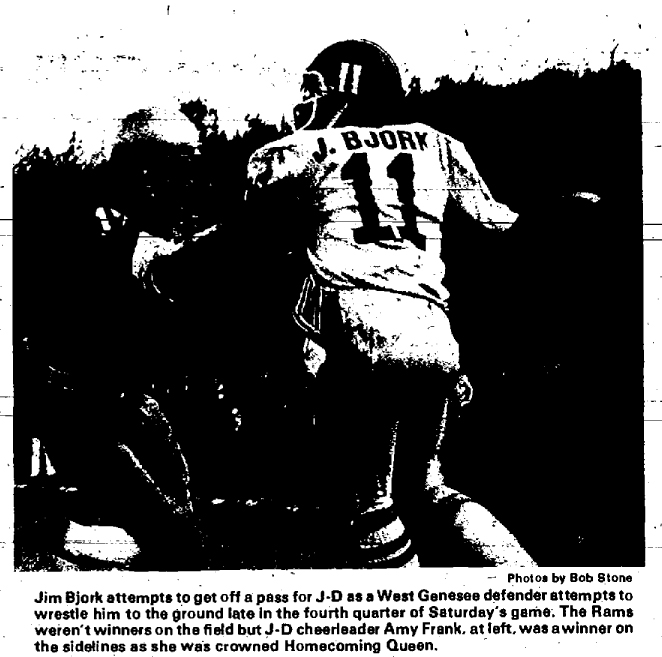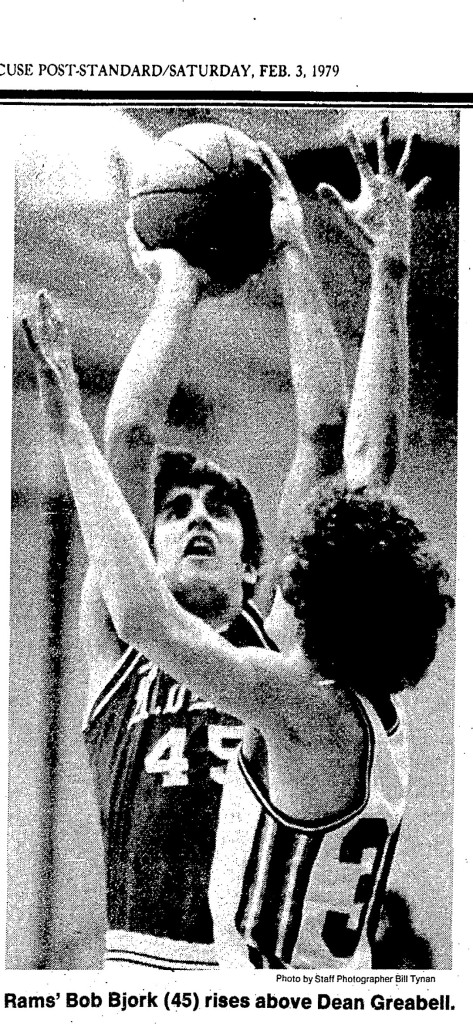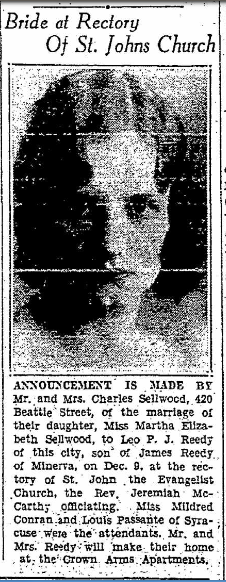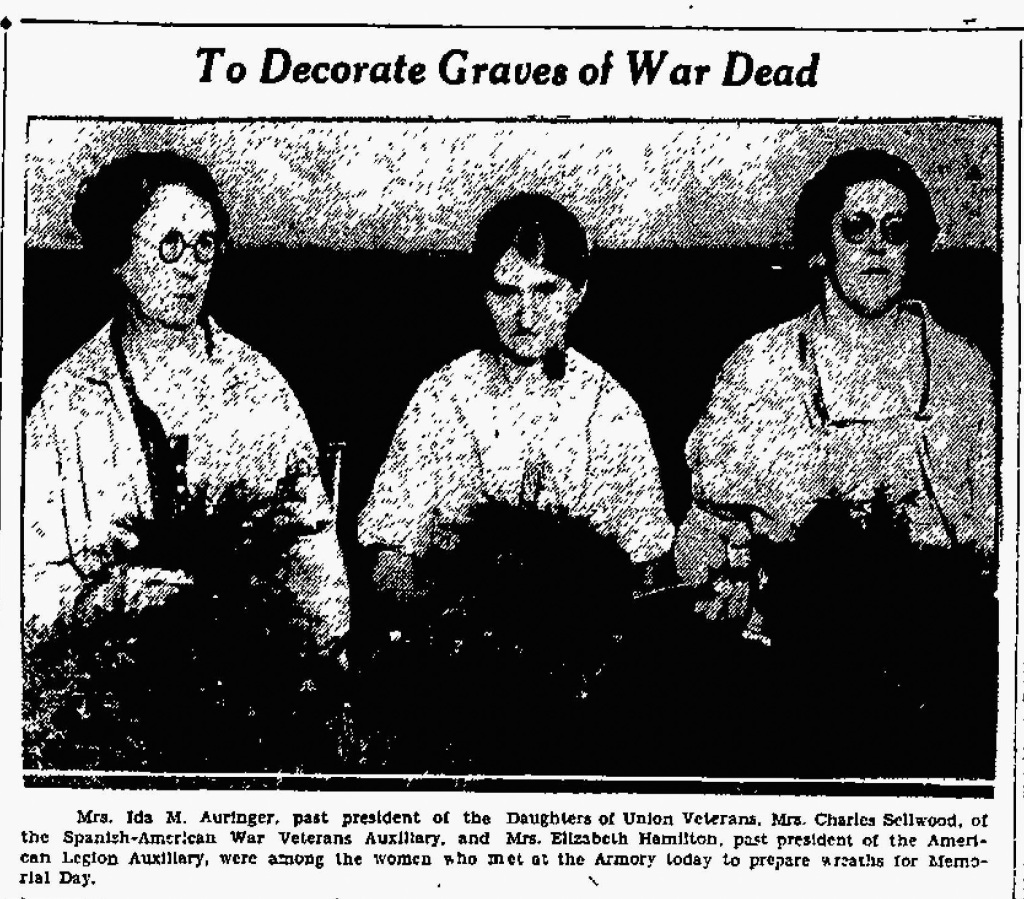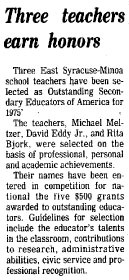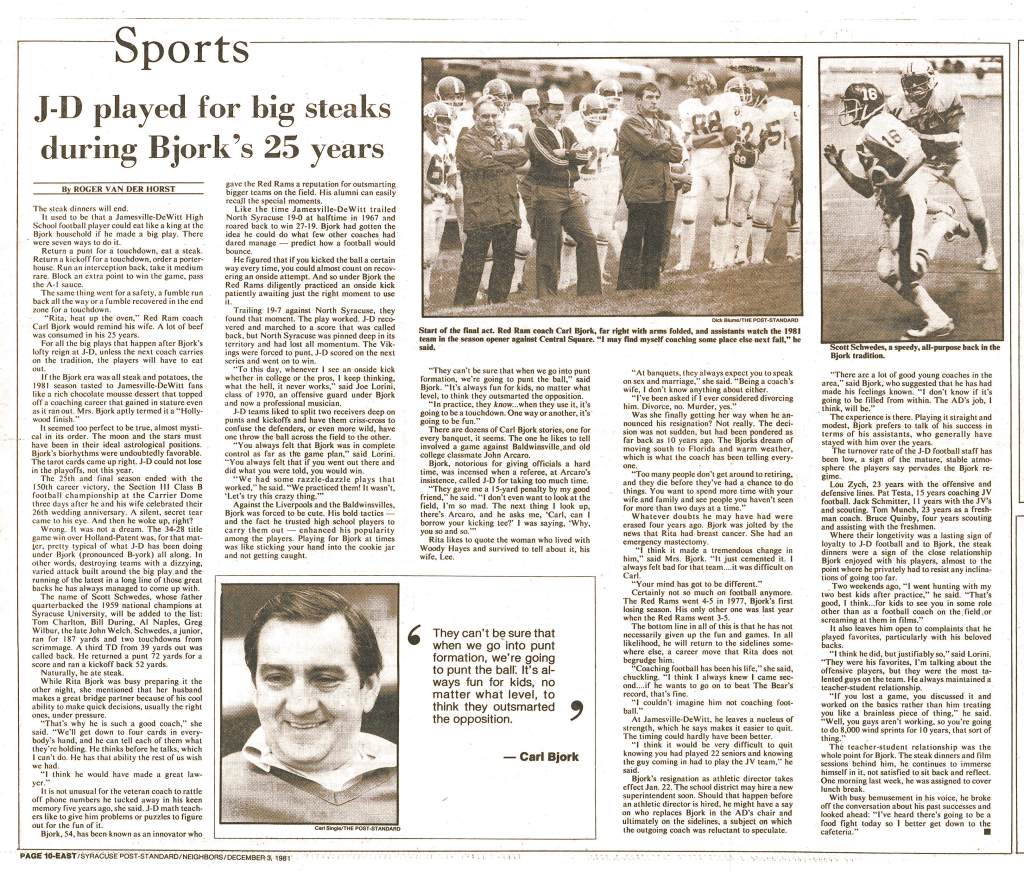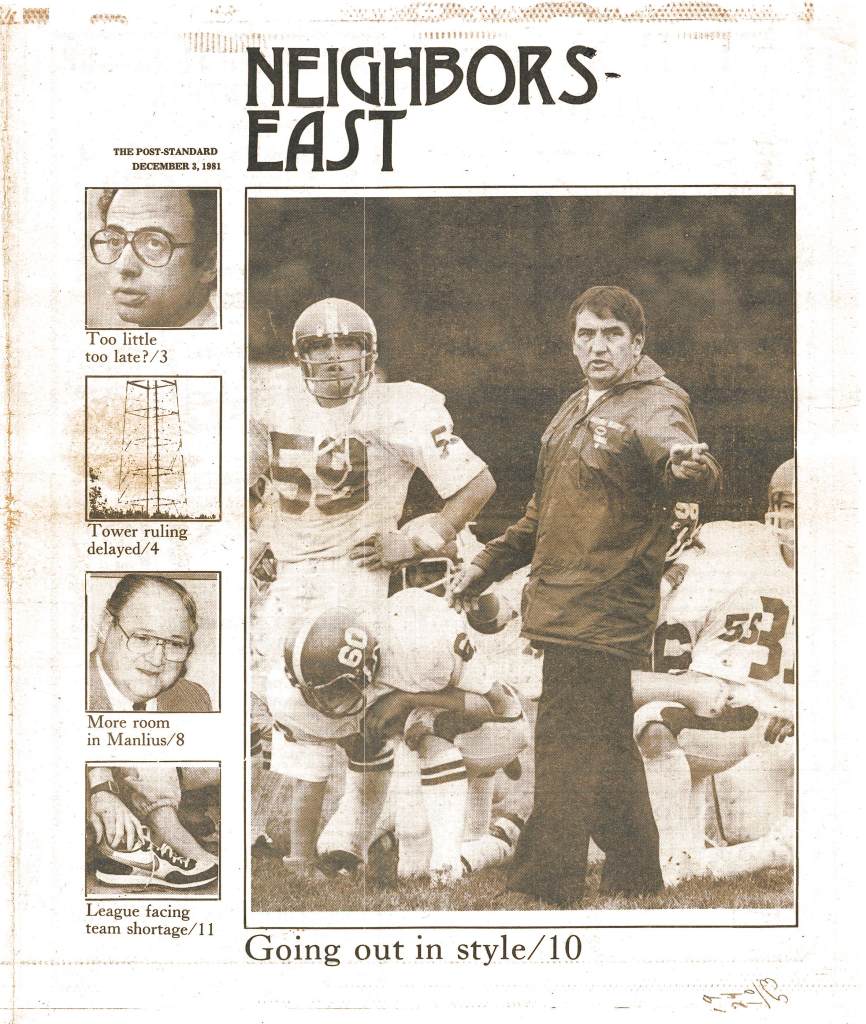Extra! Extra! Janeen Bjork has combined her 30 years of experience as a television researcher and presenter with her love of family history. Her methodology for locating hard-to-find newspaper items was developed as she uncovered 130 widely-varying accounts of the 1894 murder-suicide that left one of her great-great-grandfathers dead in Syracuse, New York. Her popular “Newspapers for Genealogy” classes, workshops, and presentations in CT, NY and MA, have helped many others research their families over the years.
1. What first attracted you to genealogy, and what keeps it fresh and fascinating every day?
My sister-in-law sat me down in front of her computer on Thanksgiving Day, 2011 and said, “This is Ancestry.com. You’re doing this for your niece and nephew.” She added that she had been working on her family tree for over four years, and her two children, who share my surname, wanted to know where the Bjorks were. I had a professional background in research (you could say research is in my DNA) and in a matter of days, I found second cousins who had been doing genealogy for two or three decades, and who were looking for me. I’d like to say we’ve been doing “Genealogy on steroids” ever since. And there were many octogenarians and nonagenarians in both my ancestral lines who were happy to let me pick their brains, scan their photos and documents, and swab their cheeks for DNA.
As for fresh and fascinating every day, I am energized by opportunities to pass on what I have learned. It’s gratifying to be told that someone who heard me speak about my online newspaper methodology broke through a brick wall. And it’s a kick when new family items come my way. In late 2016 my sister and my father were both cleaning out old boxes and came up with photos of my maternal grandmother’s parents, WWII ration books and a postcard written during the war. Taking my own advice during the holidays, I looked for family members in newspapers beyond the areas where they lived and found a photo of my mother’s brother Al Quadrini and two other Navy SeaBees on the front page (above the fold!) of the Oxnard Press Courier in 1954 when they dug ditches for a California Boys Club. Stories about my brother Bob Bjork appeared in several distant New York newspapers when his 1978 high school basketball team went to the state championship finals.
2. Who is your most exotic, challenging, exciting, admirable, despicable, or enigmatic ancestor?
That’s easy: My great-great-grandfather William Strutz. He was arrested in June 1983 on a charge of assault in the third degree on his wife. He was the first murder victim in Syracuse in almost a year when his former best friend, Henry Vogler, who believed William had been seeing Henry’s wife, shot William and then killed himself in July 1894. Both the Associated Press and United Press picked up the story, and to date I’ve found 130 accounts of the tragedy. Two German language papers had the story as well, one in Syracuse, where a major German celebration was happening and where there was time for local gossip to embellish the story before the weekly published, and one in Baltimore where an editor changed their names to Wilhelm and Heinrich.
There is a relative who is a close second to William that I could call exciting. It was my father’s Aunt Dorothea, a thrice-married flapper. Her picture appeared in the paper multiple times, for her achievements as a captain and pitcher for a “Girls” softball team sponsored by the Syracuse Journal in the 1930s, as well as for a suicide attempt at 17 and a near drowning in a swim meet at 18. She died at age 86 in San Diego, California.
3. What are your favorite tools for researching family history?
I am a big booster of newspapers for genealogy. My first eight-week Intermediate Genealogy class spent six weeks looking at online newspaper sites. Obituaries are the most obvious places to start when researching ancestors. But there are often stories leading up to or following the death that are full of details. Obituaries and death certificates will tell you that someone died in a vehicular accident, but a newspaper story may tell you who they were with, where they were going, and what they were doing at the time.
My second favorite tool is DNA testing. I’ve gotten 10 family members to agree to test (only one is a generation behind me, most are my parents’ generation) and to appear in various databases. While we have yet to break through a brick wall, we have found some distant cousins we wouldn’t have met any other way.
4. What’s the number one thing you want attendees to remember from your NERGC presentation about using newspapers to research family history?
The importance of keyword searches. Names can be misspelled, or altered by a hyphen or by optical character recognition. Fuzzy search and Boolean queries have helped me unearth many hidden items. So go ahead and try different spellings and strategies.
5. What is your game plan for getting the most out of NERGC?
While I always create a game plan for Genealogy conferences, and intend to take advantage of the many sessions and workshops, I also like to improvise. Conferences are fabulous networking opportunities. I made a connection with James M. Beidler at the 2016 New York State Family History Conference. Jim specializes in newspaper research (as well as German and Pennsylvania research) and he has asked me to contribute the William Strutz story to his upcoming book, The Family Tree Historical Newspapers Guide.
6. What is your greatest genealogical regret?
My maternal grandmother and I spent three weeks in the ancestral hometown in 1983 and I was introduced to about 55 close Italian relatives. Since then I have been the family ambassador, accompanying other American family members and writing the letters and emails to my many Italian cousins.
In 2014, in preparation for a family reunion, I decided it was time to visit the records office in Arpino, Italy. It was my personal “Under The Tuscan Sun,” as I heard “no” (it’s the same word in Italian) more times that morning than I had in any morning in my life. With the help of a cousin and someone from My Italian Family (run by Bianca Ottone from New Hope, PA), I spent the afternoon in the two churches of the town and found my family first appeared in the records in the 1500s, with a slightly different name. A church custodian told me there was a man in town who had researched my family and other Arpino families. I left without asking for that man’s contact information. Big mistake. I learned last year that he had died and his nephews hadn’t valued the work. He had used the church records to track all the early families, recording his trees on the backs of calendar pages. Another genealogy lesson learned the hard way.
